Breadth of Support
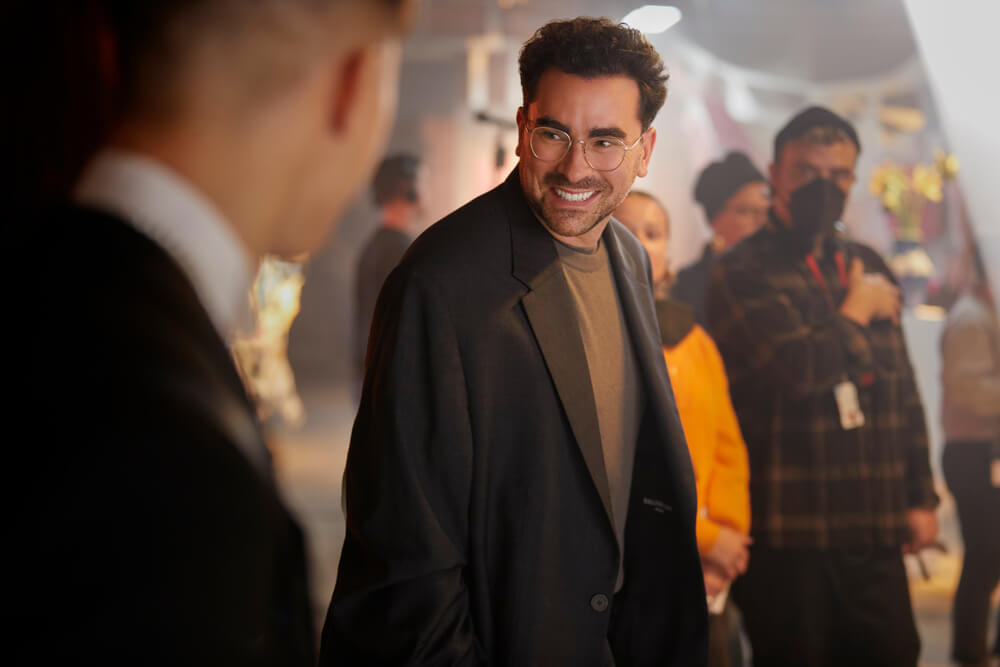
Now streaming on Netflix, Good Grief marks the feature-film directorial debut of Daniel Levy, well known as the co-creator and costar of the series Schitt’s Creek. Offering an uplifting perspective on dealing with the permanence of losing a loved one, Good Grief follows Marc (played by Levy), who was content living in the shadow of his larger-than-life husband, Oliver (Luke Evans). But when Oliver unexpectedly dies, Marc’s world shatters, sending him and his two best friends, Sophie (Ruth Negga) and Thomas (Himesh Patel), on a soul-searching trip to Paris that reveals some hard truths they each needed to face. Cinematographer Ole Bratt Birkeland, BSC and gaffer Chris Dowling made each of their decisions with the aim of embracing these realities, and here the two collaborators discuss their approach to crafting the film’s visual language.
Panavision London supplied the production’s camera and lens package, and Panalux London provided lighting services. The filmmakers also worked with Light Iron for dailies and finishing services, including VFX and final color. Light Iron’s VFX contributions included 3D tracking, reflection maps, motion vector mapping, rotoscoping, paint, and multi-layered compositing; in the final grade, Birkeland reteamed with supervising colorist Ian Vertovec. Supported throughout production and post, the filmmakers were free to skillfully explore the bright spots of bereavement.
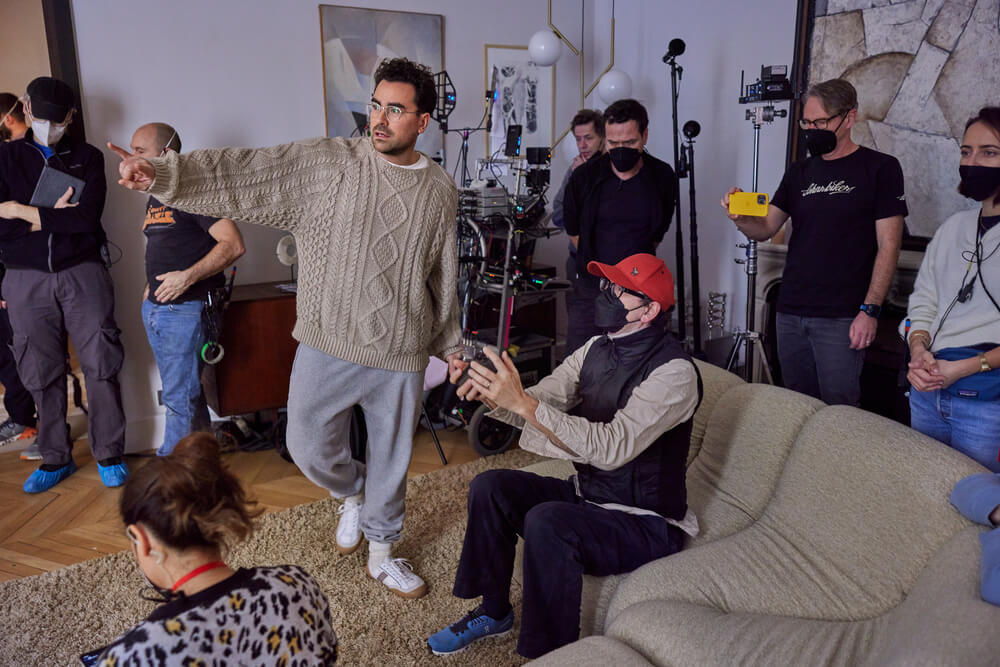
Panavision: Ole, how did you become involved in this project?
Ole Bratt Birkeland, BSC: I read the script for Good Grief and thought it was a really lovely project about coming to terms with difficult emotions and life situations. When I then met Dan, it was brilliant to hear his ideas and how he had a personal connection to the story and feelings expressed. We had many similar thoughts on how film can be a way of releasing complicated thoughts and give a release to ideas that are otherwise hard to process.
How did Daniel Levy describe what he had in mind for the project’s visuals?
Birkeland: Dan was interested in exploring something real that had a sense of warmth towards our characters. One of the ways we approached this was to make sure the camera focused on the characters at all times but also had a feeling of not being static. It is subtle, but almost everything is handheld or Steadicam throughout.
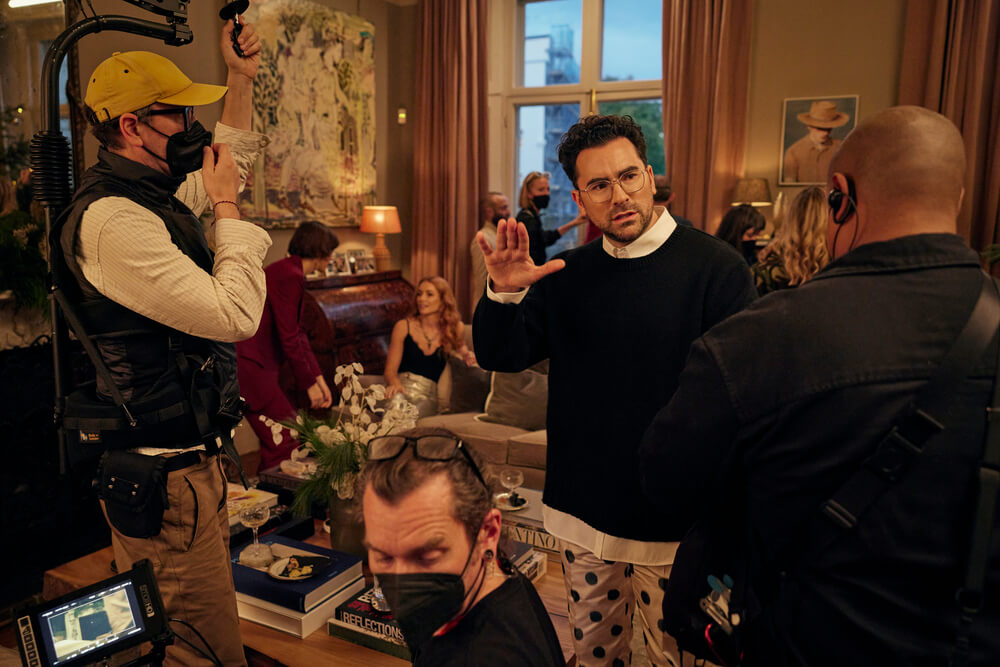
Were there any specific references or inspirations that informed your lighting approach?
Chris Dowling: These were more discussed with mood boards and color tones rather than directly referencing stills from films. It’s good to get a clear picture of how you see the look, but I think you can easily blur the lines if you copy others. I prefer to get a guide and discuss these things without referencing films if I can. There is a world of things out there that can help, like fashion, art, music, books, photos, scenery and landscapes. If you reference a film, then it’s already been done, and where is the challenge in that? Taking a still image or a piece of artwork and translating that into a moving image, and making that work, is the challenge.
Chris, how would you describe the lighting style you, Ole and Daniel were trying to achieve?
Dowling: ‘Enhanced natural.’ I’m not a big lover of obviously lit scenes within this kind of narrative, and Ole is very much of the same mind, but with this particular project, in order to show the journey the characters go on, we needed to slightly extend the spectrum. So, when we needed a warm, happy scene, we went slightly past the normal warm and organic tones, and likewise when it was a cold, sad scene, we took it slightly colder and bleaker, enhancing the change.
The lighting setups had huge restrictions in each of the locations, so we knew we needed to allow the lighting to be as fluid as possible to enhance the mood within each scene. The only thing we tried to maintain was as low a carbon footprint as possible throughout the project. Wherever possible, we used the latest LED fixtures to try to keep the times we used a generator to an absolute minimum. We are at a point now in the industry where we can really start to make a difference. Having the newest tech also allowed us to have a huge amount of control at our fingertips. This gave us the advantage of speed as well as fine-tuning whilst the shot developed.
Did you have a favorite lighting setup on the production?
Dowling: My favorite lighting setup normally ends up being the one that caused the most issues and headaches. Those are the ones that test you and push you forward. Being able to solve the issues and sell that it was done easily is very satisfying. On this project, I would say it was the studio shoot. We were in a tiny studio in the back of Acton, with no height, no space, no rigging, no mains. It really was a challenge given the scale of the sets required in it — the Paris bedroom scenes were shot there. We needed two lighting setups as well as a Translight, and the set had huge windows. When I saw that on the screen, I thought, ‘Yes, we smashed that.’ The lighting and Ole’s clever use of lens and camerawork absolutely shows how it should be done. Even with huge limitations, you can achieve amazing results.
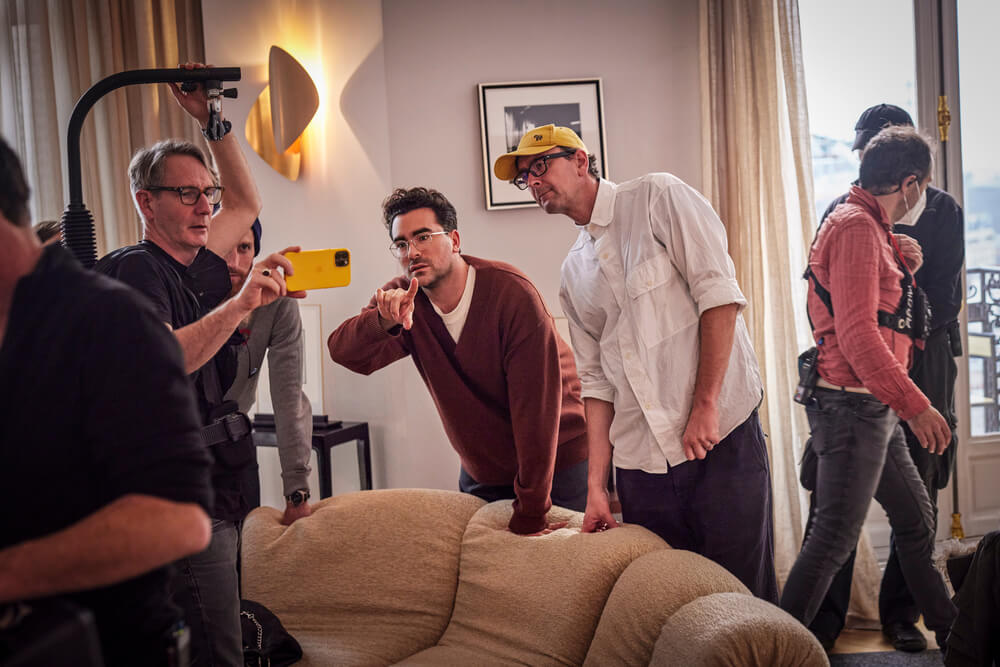
Ole, you’d worked with Ian Vertovec at Light Iron before Good Grief. How has that relationship and collaboration evolved over time?
Birkeland: The first time I worked with Ian was on Tales From the Loop. He did such an amazing job on that, so when it came time to grade Good Grief, I jumped on the opportunity to work with him again. He has such a beautiful eye and a great sense of story. It was brilliant to have his expertise to fine-tune the visuals. We are currently doing it again for another movie, and it’s very exciting to keep exploring ideas with him.
How does this project differ from others in your respective careers?
Birkeland: Having done a lot of different projects over the years, it was very exciting for me to do something that had a poetry surrounding small things that make a big impact in people’s lives — how grief can be all-consuming but also that there is the possibility of change and positivity hidden within the act of living with it.
Dowling: This was the first project in the U.K. where I tried to fully embrace LEDs and see if it was possible to create a beautiful picture with what would have been called ‘unconventional’ lighting techniques 10 years ago. I had done it once before on a film in Norway, and it worked well there, so I believed, given the right project, we could do it here. Kudos to Ole for embracing the technology, too. It was brave of him to allow me to take the lead there and trust that I would deliver the quality of light he wanted. I would say 80 to 85 percent of the movie was shot using purely LED fixtures.
Anyone who has used LED fixtures as well as tungsten or HMI will tell you it’s not the same — they feel and react differently. The craft and skill is knowing that and putting things in place to bring it back to the warmth and organic feel of tungsten and the sharp, clean feel of HMI for daylight.
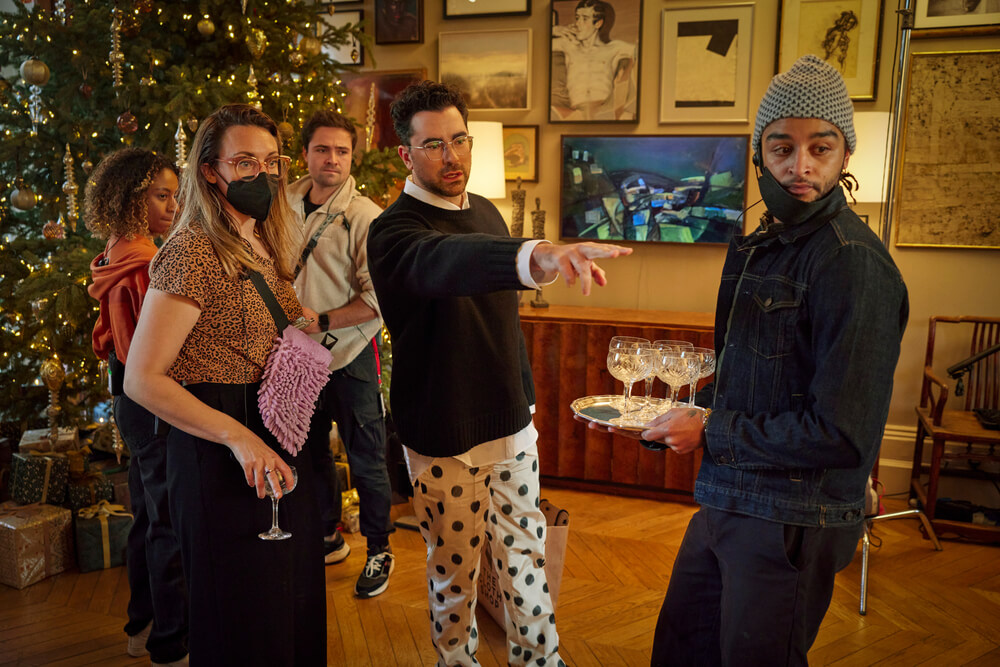
What inspired each of you to pursue your careers in this industry?
Birkeland: I have always been interested in storytelling, from a young age, whether that is books or comics or movies. Not being much of a writer or illustrator, I decided to try film and instantly fell in love with the camera. It is such an amazing tool to emotionally reach people and create worlds that can connect. I feel very lucky to be able to make a living doing it.
Dowling: I started life as an electrician in the domestic and commercial industry. I was made redundant along with 300 electricians when we finished the Waterloo International Terminal for the Channel Tunnel building. I then got a job fixing and repairing lighting equipment at Lee Lighting and then very quickly became involved in designing and building new equipment, taking the first-ever 8K helium balloon light that I had helped build out to Prague for the first Mission: Impossible. I never looked back!
What keeps you both inspired today?
Dowling: A few things, really. I like the collaborative side of the industry and working with nice people, and I really enjoy discussing an issue and working out how to solve a problem and achieve the desired results. I’ve taken on a bit of a championing role, too. I had a bit of an issue gaining any recognition in the industry when I started, and I swore if I ever got into a position where I could help others, I would, and as a result I’ve taken to training and helping the newer generations wherever possible.
Birkeland: Much of what inspires me today are seeing how it’s constantly evolving and seeing what others do with the medium, but also being part of a community of filmmakers that is always trying to create stories that connect. My crew and my collaborators are always part of that, so a big shout to Chris Dowling; John Ferguson, who operated and did the Steadicam; 1st assistant Lawrence Beckwith; 2nd assistant Clare Seymour; and DIT Mark Kozlowski. Without them, it wouldn’t be possible.
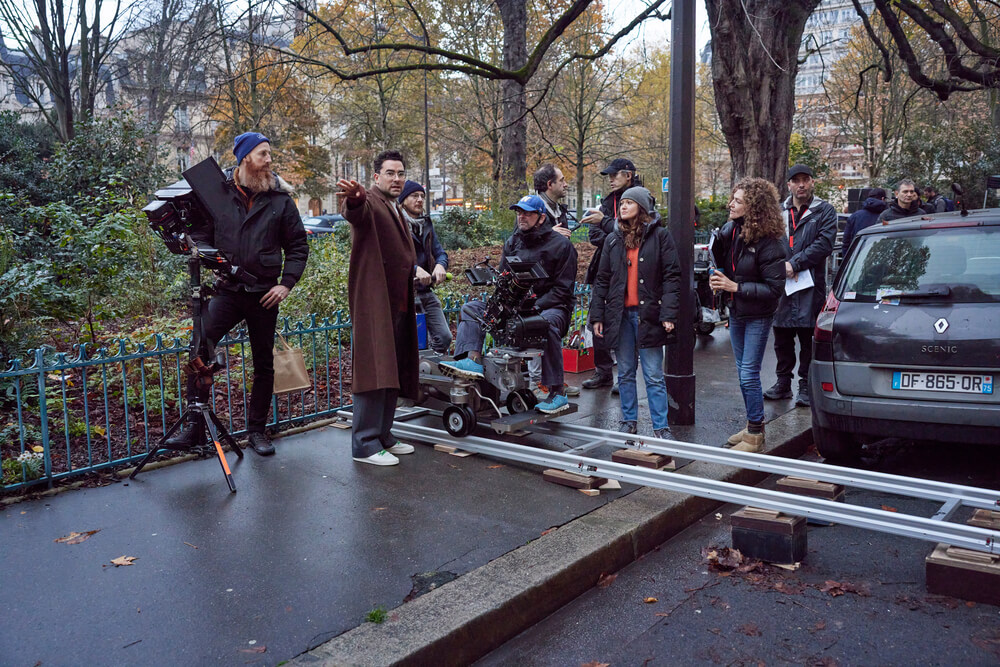
Unit photography by Chris Baker. All photos courtesy of Netflix.


